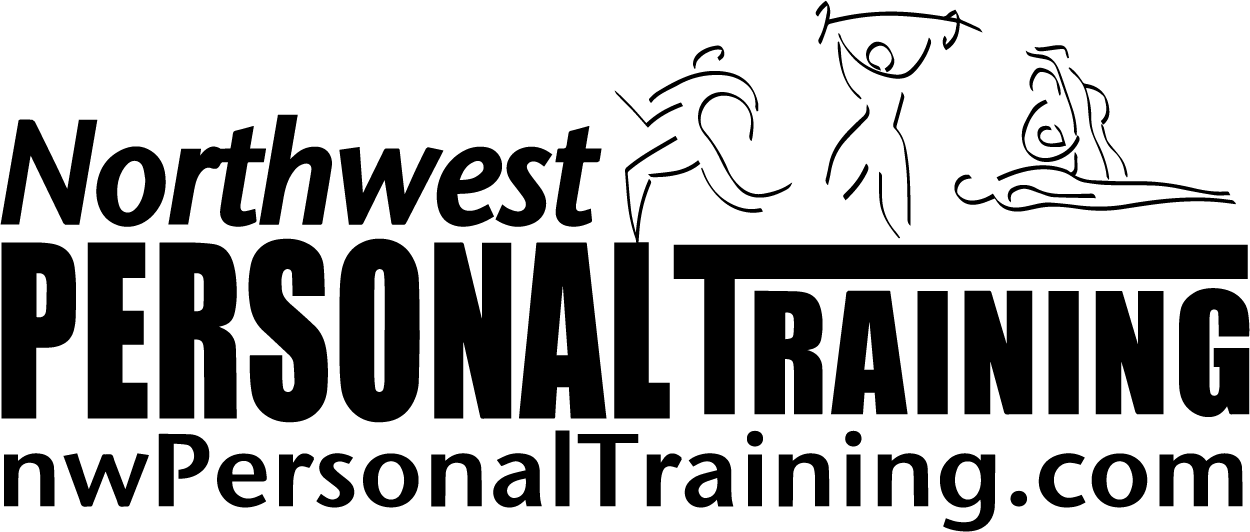Women in their 40s and 50s can often experience weight gain, muscle loss, hot flashes, insomnia, bone loss, fatigue, emotional swings among many other symptoms. The average age of menopause is 51 years old, but the entire process can take up to 20 years for some women. It’s important to understand what can be done to prevent, reverse or minimize any negative symptoms to help prevent suffering for 20 years or more.
Here’s 10 action steps you can take to better manage menopause symptoms:
1 – Move Your Body
Exercise will slow down the rate of bone and muscle loss and minimize weight gain. In addition, it will positively impact your energy, your sleep patterns and your mental health.
2 – Strength Training
Muscle conditioning exercise is truly the fountain of youth. Lifting weights 2-3x/week will help preserve muscle mass and bone density and reverse or slow down the negative results to metabolism, posture, balance, and strength.
Don’t forget to sign up under “Weekly Fitness Tips” to automatically receive my latest blog post in your inbox!
3 – Experiment
Should you focus on walking or bootcamp style workouts or a combination of both? Some of you will respond better to high-intensity interval training (HIT) and some of you will have a better response to long, slow duration exercise (LSD). Some of you may need to exercise less while others may need to exercise more or at a higher intensity. Listen to your body and pay attention to how you feel after exercise. Document your workouts and analyze your menopausal symptoms. Do what your body responds best to.
4 – Perform compound, integrated exercise
Movements such as Squats, Step ups, Lunges, Pulling, Overhead pressing, Bridging, Planking, Walking/Running, balance poses, and full body movements like Squat & Row, Lunge & Press and Step up and Curls are functional movements that menopausal women should be including in their program. Performing movements that load the spine or the hips, strengthen the lower body in a manner that increases our ability to function in life, strengthen the postural muscles, strengthen the core, condition our upper body, and improve our ability to balance and move through space are very helpful.
5 – Move in 3D
The muscular and skeletal systems respond better when we mix up our movement patterns. For example, you might perform a wide pullup, a mid-pullup and a narrow pullup. You might try going very slow and then faster. You might move through space squatting laterally or moving forwards or backwards. Our body moves in 3D and we want to assure we’re not doing everything in a linear format. Ask yourself each set or session, ‘how could you do this exercise differently?’
6 – Stretch
Our tissues get tight and rigid as we age so we want to assure we include stretches and movements that maintain our flexibility and range of motion. Many menopausal women respond well to incorporating more stretching and yoga into their weekly routine.
7 – Food is medicine
What we eat can positively or negatively impact our overall health. Consume a balanced diet rich in fiber and nutrients. Remember that all macronutrients (protein, carbs and fats) are critical for optimal health. With that said, many menopausal women become sensitive to carbohydrates and respond well to reducing refined carbohydrate intake such as white breads, pastas, crackers, chips and pastries. Consider achieving your carbohydrate needs with foods such as fresh fruits, green, leafy vegetables, yams, sweet potatoes, whole grains, vegetable pastas and legumes.
8 – Reduce alcohol and caffeine
Hot flashes can be triggered, and menopausal symptoms exasperated with alcohol and caffeine. In contrast, drinking water throughout the day is one of the most important action steps you can take for optimal health.
9 – Manage stress
Stress elevates cortisol, our stress hormone, which can trigger and make menopausal symptoms worse such as hot flashes and insomnia. Try meditation, massage, baths, and/or practice deep, slow breathing everyday. Slowing down can calm our minds and evoke the relaxation response which can lower cortisol and menopausal symptoms.
10 – Consult with your Doc
Some women will have minimal symptoms while others’ lives are severely impacted. It’s important to have a conversation about the severity of your individual symptoms and any risk factors that may exist for you. It’s important to understand which hormonal and natural therapies exist to help manage symptoms. If the quality of your life is being impacted, it’s helpful to visit with a physician or naturopath who specializes in women’s health and understands this stage of a woman’s life to help weigh the pros and cons for each approach.
Menopause is a time of transition as hormones fluctuate and surge. What is working today, may not work for you anymore next week. It’s important to listen to your body, experiment with different approaches and document what’s working and what isn’t. The good news is that you can be healthy and fit and still live your best life while navigating menopause.
If you’d like more information on this topic, Dr. Cynthia McNally, local physician specializing in Women’s Health, is presenting a Free community workshop “The Menopause Transition – Understanding symptoms and Coping Strategies” on Tuesday May 30th at 6:45pm. Reserve your spot by calling 360.574.7292. More workshop details here.
Yours in health & fitness,
Sherri McMillan



